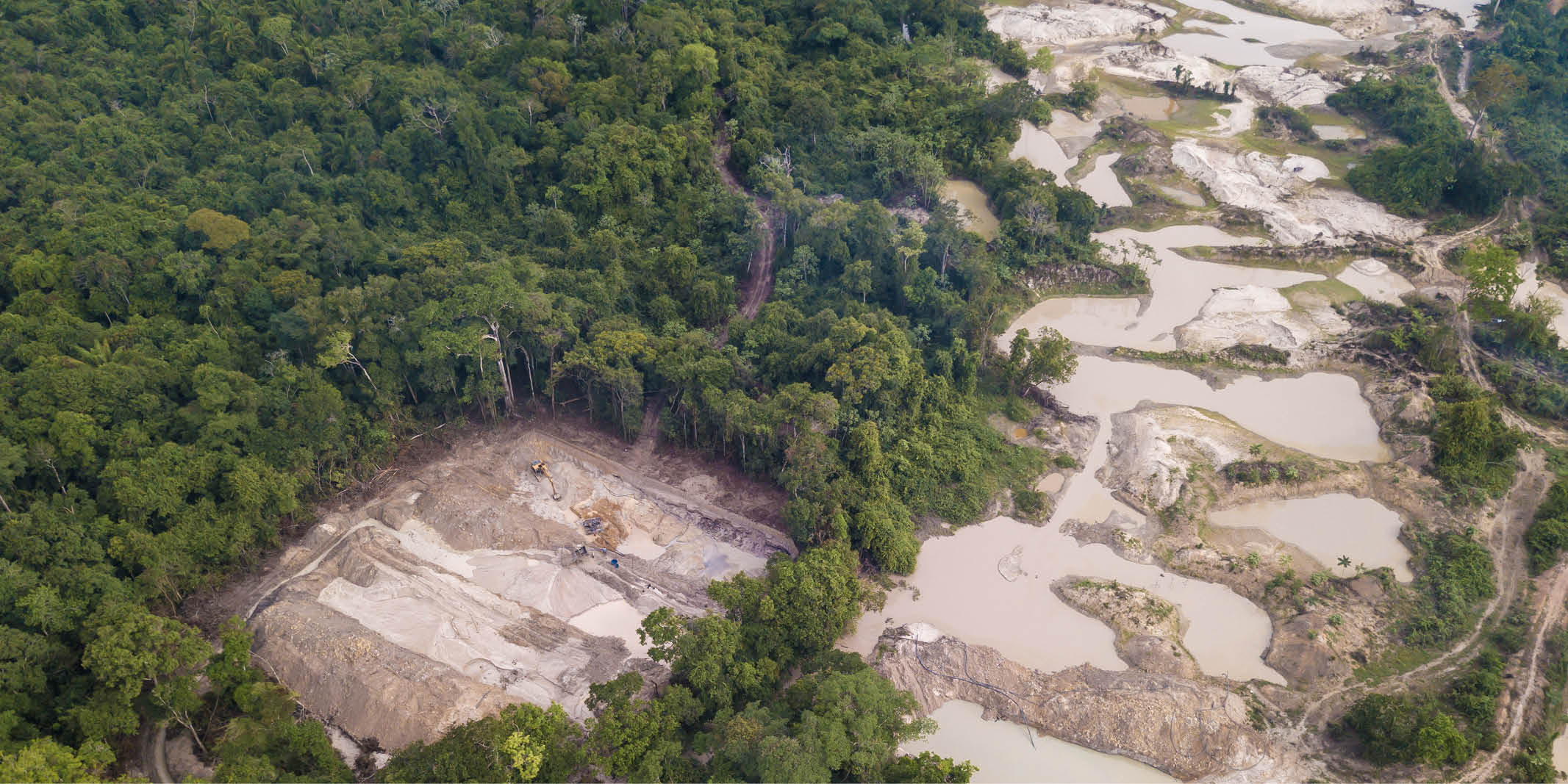
Environmental Crime
Definition:
Environmental crime refers to a wide range of illegal activities that harm the environment or violate laws designed to protect environmental resources. This includes actions such as illegal dumping of hazardous waste, poaching of protected species, deforestation, pollution of air and water, and violation of wildlife protection laws. These activities not only threaten ecosystems and biodiversity but can also have serious health impacts on humans and contribute to climate change. Efforts to combat environmental crime involve stricter regulations, enforcement actions, and international cooperation to protect natural resources and promote sustainability.
Greenwashing - So What to Jersey?
Interest in sustainable investing has grown significantly in recent years, and investors are increasingly seeking investments that promote positive environmental and social impact. As the market for sustainable investing has grown, so has the focus on greenwashing, which includes:
- The use of undefined terms such as “natural,” “eco-friendly,” or “green” on products without evidence to back up the claim.
- Exaggerated sustainability credentials and selective disclosures in annual corporate reports and investor materials.
Greenwashing and, consequently, falsification of credentials can result in significant penalties and reputational damage. This scenario shows how the legal sector in Jersey could be exploited by those engaged in greenwashing and environmental crimes.
Types of criminal activities linked to illicit finance
As part of the FIU's mission to assist Jersey's regulated sectors, we have created below some criminology examples which explain what they are, and more importantly, the 'So what to Jersey' connection.
Understanding the 'So what to Jersey' connection
As an International Finance Centre (IFC), the Island's products, services or industries could be used by criminals for illicit financial activity. Whilst the criminal activity may not have occurred in Jersey, the funds or derived funds from such criminality might be placed within a Jersey product or structure, or pass through the island's financial system. It is therefore important to understand the 'So what to Jersey' principle in relation to each of the criminology types below.
To help understand the various criminologies better, we have produced fictional typologies (within our knowledge base section), which provide an examples on how they work, and importantly, illustrate the 'So what to Jersey' connection.












